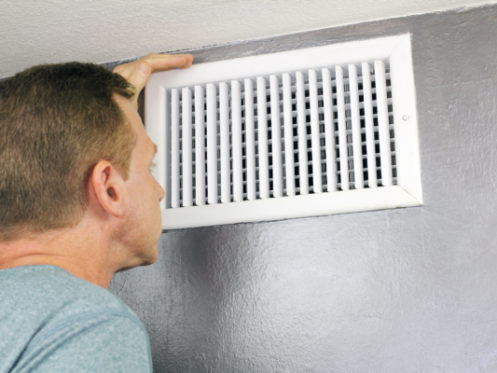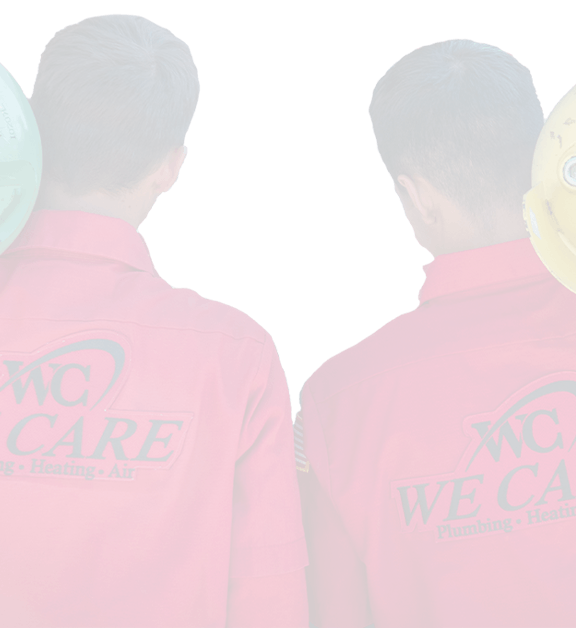Indoor ventilation is often taken for granted, but it plays a crucial role in maintaining the comfort of your home. From increased allergies to stuffy air, the consequences of poor ventilation can be significant.
In this article, we’ll explore how indoor ventilation can impact the comfort of your home and what you can do to improve it.
Ventilation Basics
Ventilation is the process of exchanging air between an indoor space and the outdoors. This can be done naturally, through open windows and doors, or artificially, using a mechanical ventilation system.
Ventilation is important for two main reasons: to remove contaminants from the air and to regulate humidity levels. The exchange of fresh, clean air can help to reduce the concentration of airborne contaminants, which can improve air quality and contribute to better health. In addition, ventilation can help to prevent condensation and mold growth by regulating the amount of moisture in the air.
Most modern homes are equipped with some form of ventilation, but the effectiveness of these systems can vary widely. In some cases, homes may not have enough ventilation, while in others, the ventilation may be poorly designed and not up to code.
Impact of Poor Ventilation
Poor ventilation can have a number of negative consequences for the comfort of your home. Here’s a look at some of the most common problems that can arise.
Allergies and Asthma
One of the most common problems associated with poor ventilation is an increased risk of allergies and asthma. When contaminants build up in the air, they can aggravate these conditions and trigger symptoms like sneezing, coughing, and difficulty breathing.
Part of the reason for this is that many allergens, such as dust mites and pet dander, are much more concentrated in indoor air than in outdoor air. In addition, these allergens can become trapped in the ductwork of a home and recirculated through the air. As a result, people with allergies or asthma may find that their symptoms are worse when they’re indoors, and this issue is only exacerbated when ventilation is inadequate.
Stuffy Air
When air is not properly circulated, it can become stagnant and stale. This can make your home feel stuffy and uncomfortable.
In addition, stagnant air can trap odors and lead to an unpleasant smell in your home. You may notice this problem more in rooms that are used frequently, such as the kitchen or living room. The smell can be characterized as musty, like mildew or rotting wood.
Condensation and Mold Growth
Poor ventilation can also cause condensation to build up on surfaces like windows and walls. When this happens, it creates the perfect environment for mold growth.
Not only is mold unsightly, but it can also cause health problems. In some cases, mold exposure can trigger allergic reactions and serious respiratory problems. Other people may simply notice an increase in congestion or coughing, but it’s uncomfortable nonetheless.
Improper Temperature Regulation
Another consequence of poor ventilation is that it can make your home harder to heat and cool. This is because the exchange of air between the indoors and outdoors helps to regulate the temperature.
Without proper ventilation, your home may feel too hot in the summer and too cold in the winter. In addition, your heating and cooling system will have to work harder to maintain a comfortable temperature. This can lead to higher energy bills and a shortened lifespan for your HVAC system. The less efficient your HVAC system becomes, the less comfortable your home will be.
Causes of Inadequate Ventilation
There are several reasons why your home may not have adequate ventilation. In some cases, it may be due to the design of the house. For example, homes that are tightly sealed for energy efficiency may not have enough ventilation. Although this type of home is designed to reduce energy costs, it can also trap contaminants in the air.
In other cases, the problem may be with the ventilation system itself. If the system is not properly installed or maintained, it may not be able to adequately exchange air. For instance, a duct system that is leaky or has blockages can prevent air from flowing freely, which can reduce the effectiveness of ventilation. Leaks can be caused by poor installation, damage, or wear and tear over time, while blockages can be caused by dirt, debris, or even animals.
Improving Home Ventilation
If you’re concerned about the ventilation in your home, there are a few things you can do to improve it. One option is to install a whole-house ventilation system. These systems are designed to exchange the air in your home on a regular basis, providing fresh, clean air. They work by drawing air in from the outside and pushing stale air out through exhaust vents.
Another option is to add additional vents or openings to your home. This can be done by installing vents in strategic locations. When the weather permits, you can also open windows to allow fresh air in.
You can also improve the ventilation in your home by making sure that the ductwork is properly installed and in good condition. Regular maintenance and repairs can help to prevent leaks and ensure that the ductwork system is working properly.
Other Possible Causes of Indoor Discomfort
If you’re still not comfortable in your home, there may be other factors at play.
As we mentioned earlier, poor ventilation can make your home harder to heat and cool. However, if your heating and cooling system is not properly sized or cared for, this can also lead to indoor discomfort. Make sure that your heating and cooling system is properly maintained. This includes regularly changing the air filter and having the system serviced by a professional on a regular basis.
Additionally, your home may not be properly insulated. This can cause temperature fluctuations and make it difficult to maintain a comfortable temperature. If you’re not sure if your home is properly insulated, it’s a good idea to have a professional take a look at it. This will help you to identify any areas where your home is losing heat or cool air.
Finally, excess indoor air pollution can also be a cause of discomfort. Common indoor air pollutants include dust, pollen, pet dander, cigarette smoke, and cleaning chemicals. While proper ventilation can be highly effective at combating these pollutants, it can only go so far. Air purifiers can help to remove excess contaminants from the air, providing you with a more comfortable indoor environment.
Get Professional Help With Your Ventilation System
You deserve a comfortable home, and the team at We Care Plumbing, Heating, & Air is here to help. While opening windows can be an effective short-term solution to poor ventilation, some homes need a more comprehensive approach. When you turn to us, we’ll help you to assess your ventilation system and make recommendations for improvements.
Don’t suffer in an uncomfortable home any longer. If your home is feeling stuffy, humid, or just plain uncomfortable, our team of HVAC professionals in Southern California wants to help you to create a more comfortable indoor environment for your family. Contact us today to schedule an inspection.






